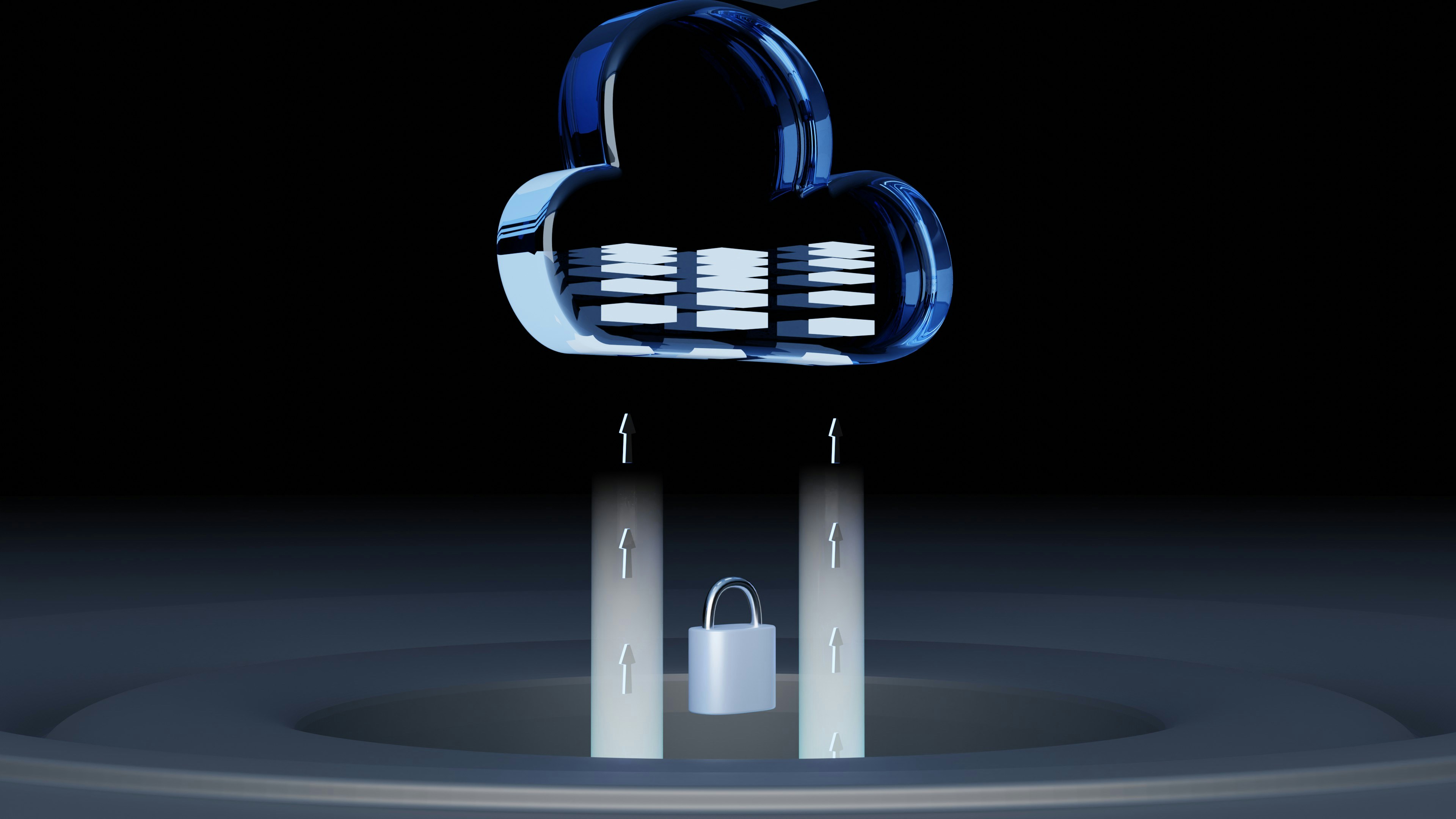
Best Practices For Managing Cloud Security In Multi-Tenant Environments
Balancing the needs of several clients on a single cloud platform often brings unique challenges, especially when it comes to keeping each client’s data and applications isolated. Shared infrastructure means that an issue affecting one client can quickly impact others if not managed carefully. You want to find effective ways to secure your environment while avoiding overwhelming configuration demands and unexpected expenses. This guide provides clear, actionable steps to help you create a well-organized, secure cloud setup for all your clients. By following these recommendations, you can maintain separation and security without letting technical complexity or mounting costs get out of hand.
Advertisement
We’ll explain how multi-tenant setups work, point out where they become fragile, and show you concrete actions for identities, encryption, and monitoring. By the end, you’ll have a checklist of easy-to-apply methods that reduce risk and keep your tenants happy.
How Multi-Tenant Cloud Architecture Works
A multi-tenant cloud uses resources—servers, storage, networking—shared among different customers. Each tenant believes they have their own silo, but under the hood, everything’s communal. That design lowers costs but creates opportunities for cross-tenant leaks if you don’t handle it carefully.
AWS and Azure handle the heavy lifting of isolation. But you still need to configure networks, virtual machines, containers, and user roles. Skipping a step or misplacing a rule could expose one tenant’s data to another. Getting your hands dirty in the setup pays off by staying secure and maintaining trust.
Key Security Risks You Should Recognize
First, identify where problems can occur. Knowing the risks helps you build defenses, so you don’t waste time on unlikely scenarios.
- Misconfigured Access Controls: Leaving admin APIs open or granting broad permissions allows attackers to hop between tenant accounts.
- Network Segmentation Gaps: If virtual networks or subnets overlap improperly, traffic might cross boundaries it shouldn’t.
- Shared Resource Attacks: Side-channel exploits in shared CPUs or memory caches can leak data across virtual machines.
- Insider Threats: An employee with access to multiple tenant environments could accidentally or intentionally expose data.
- Weak Encryption Practices: Not encrypting data at rest or in transit makes it easy for someone to intercept traffic or storage volumes.
With these hazards identified, you can address each one with targeted controls instead of applying random tools to the problem.
Managing Access Control and Identity
Controlling identities involves keeping a close watch on who does what. Start by defining roles aligned with job functions: admin, auditor, support, developer, and others. Avoid assigning overly broad roles covering everything. Smaller permissions help keep tenant boundaries secure.
Implement strong authentication methods. Multi-factor authentication—like time-based one-time passwords or hardware tokens—prevents password theft. Link logins through your identity provider to centralize audits. This setup allows you to detect suspicious logins and revoke sessions quickly when someone leaves the team.
Strategies for Data Protection
Once you control identities, treat data as if it’s behind glass. You want it unreadable to anyone without the right key.
- Encrypt Data at Rest: Use provider-managed keys or a dedicated key management system. Never store keys on the same disks as your data.
- Secure Data in Transit: Enforce TLS for all internal and external connections. Disable legacy protocols that expose session info.
- Segment Storage by Tenant: Use separate storage buckets or file shares for each client. This way, a misconfigured permission on one bucket doesn’t expose another’s data.
- Rotate Keys and Certificates Regularly: Change crypto keys on a set schedule. Automated rotation prevents expired certificates from taking services offline.
- Back Up Data with Encryption: Keep backups stored securely under different key rings. Regularly test restore procedures to ensure your backups work properly.
Following these steps ensures you can sleep well, knowing that even if someone breaches your defenses, your data remains scrambled and unreadable.
Monitoring, Detecting, and Responding to Threats
Security requires ongoing effort. You need real-time monitoring of logs, events, and traffic to spot suspicious activity. Use cloud-native tools or open-source systems to gather data from each tenant environment.
Set up alerts for unusual actions: login attempts from new locations, spikes in API calls, or atypical file access. Connect alerts to a clear incident response plan that guides your on-call staff on what to check first—saving valuable time during a breach.
Conduct regular drills by simulating a breach or insider leak. Walk through your incident response plan, practice communication steps, and address any weaknesses. Over time, this process reduces response chaos and shortens attackers’ window to harm your tenants’ systems.
Common Mistakes to Watch Out For and How to Grow Securely
As you expand your multi-tenant environment, be aware of increasing complexity. Too many user groups, overlapping network segments, or ad-hoc scripts complicate auditing. Keep your environment consistent with infrastructure-as-code templates. Version-control these templates and review every change with peers.
Regularly revisit your role definitions and network configurations. Tenant needs evolve over time, so update your policies accordingly. Use tag-based policies that automatically apply security settings when new resources launch. This prevents one-off exceptions from slipping through.
Controlling identities, encrypting data, and monitoring activities secure multi-tenancy in the cloud. Regular evaluations and automation help you manage complexity and scale safely.
Advertisement